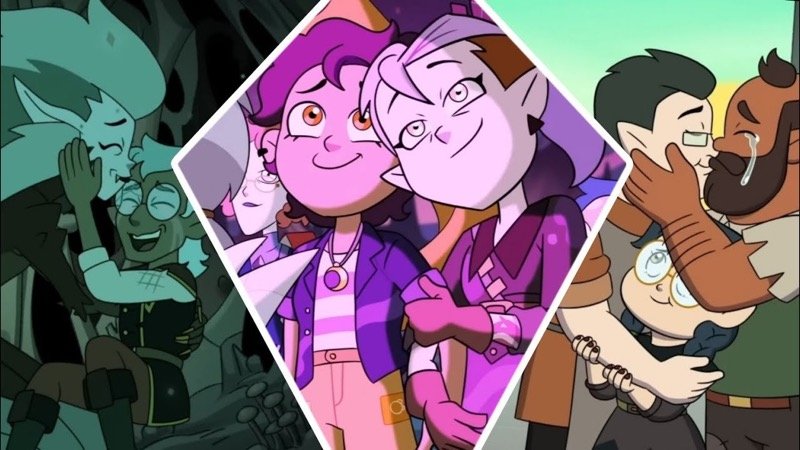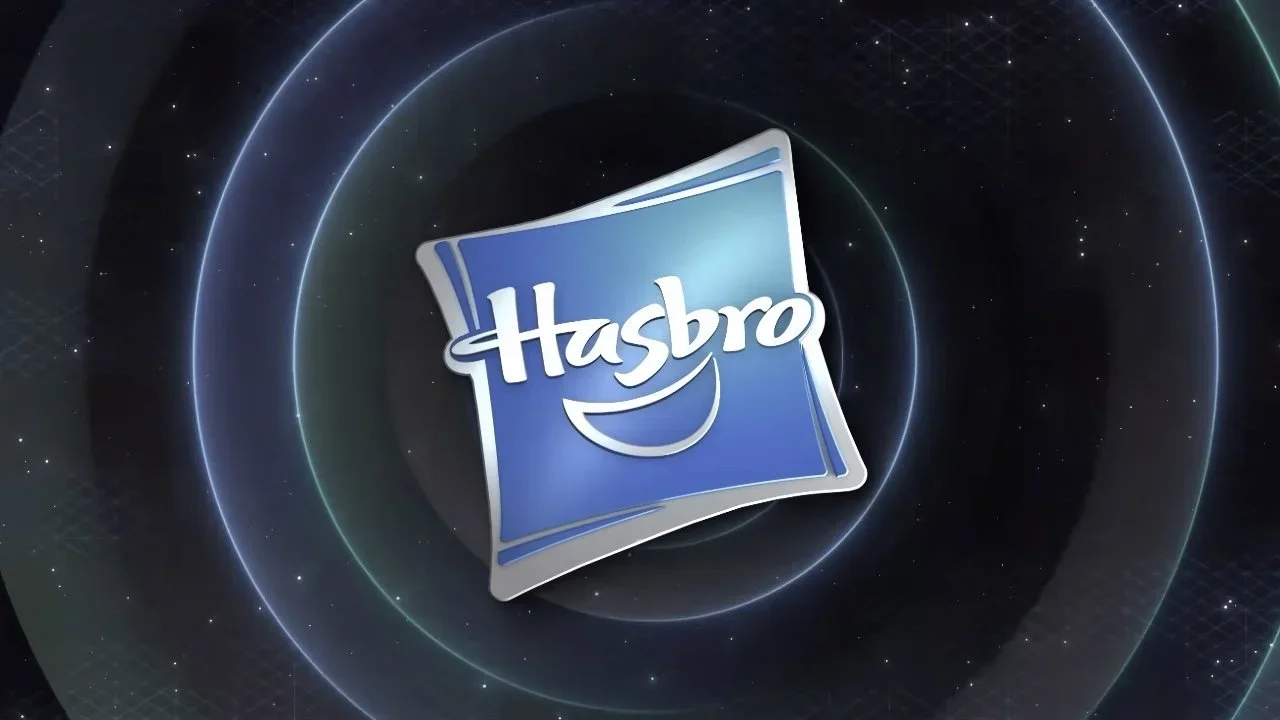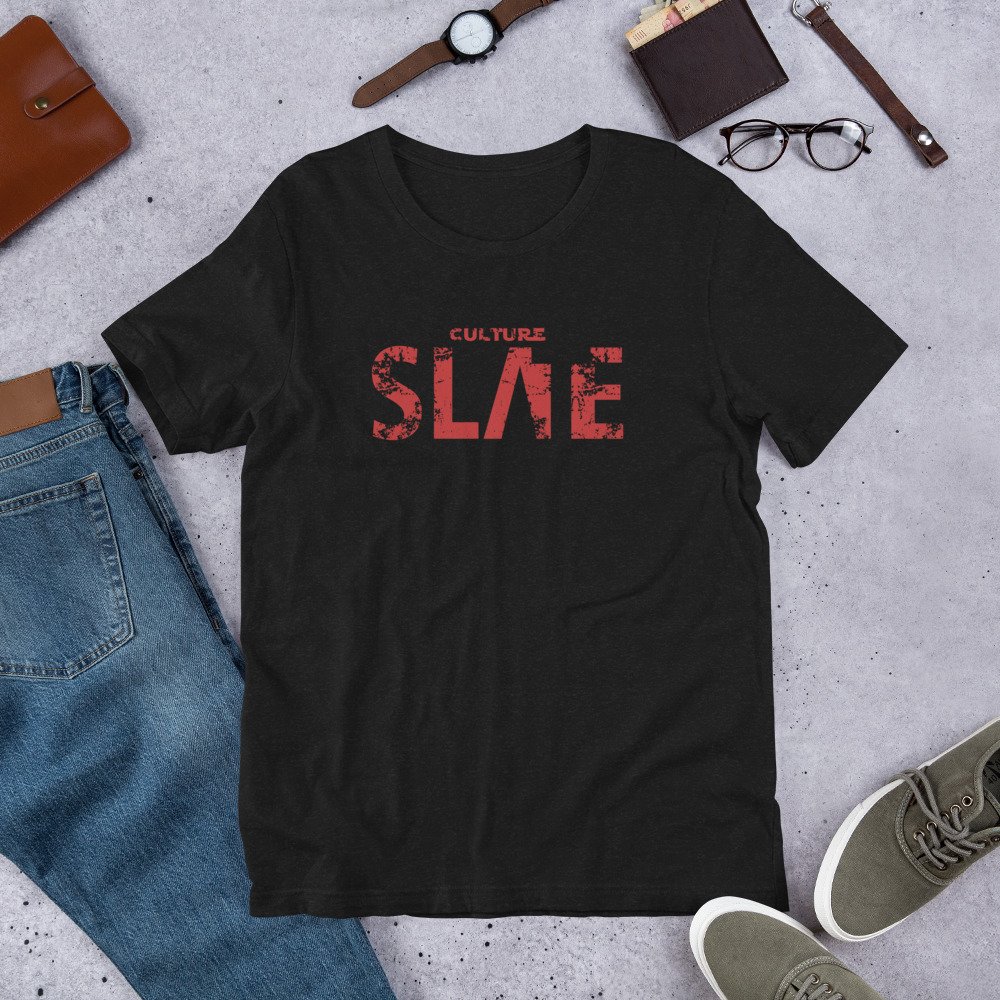Evolution Of LGBTQ+ Representation In Animation
Image Source: moviegasm.com
Sitting on the couch with a steady diet of animated television and a bowl of Lay’s potato chips might have been a standard sight for the average kid growing up during the Golden Eras of Disney, Nickelodeon, and Cartoon Network. Looking back on these cartoons with an adult set of eyes, it’s easy to see how much of my worldview and sense of humor were shaped by these characters and their situations. Growing up, the world of animation never left; it just matured.
As animation matured, it was easier to depict characters being more than a punchline or reduced to a one-time special episode appearance. Take, for example, how long Smithers from The Simpsons homosexuality was implied, and his attraction to Mr. Burns was played for laughs until season 27 episode 17, where it was confirmed that he was indeed gay. ScreenRant recounts how writers of adult animated shows like Family Guy or South Park “often used LGBTQ+ characters like Mr. Garrison or Herbert the Pervert to derive humor from harmful gay stereotypes and rarely humanized them to the audience. More often than not, cartoon shows simply would not feature any LGBTQ+ characters at all.”
RELATED:
With LGBTQ+ characters’ storylines becoming fleshed out and receiving rounded personalities, viewers can see these characters experiencing live events everyone can relate to, from first crushes to finding their place in the world. Who they love is a small aspect of who they are, but how the story is handled makes all the difference.
The Owl House
Image Source: fancaps.net
Though this series was only given three seasons (technically two full seasons and three final episodes about the same length as a film), The Owl House starts as a story with Luz, a thirteen-year-old girl struggling to fit in at school, and for her mom to understand her interests and hobbies. Finding comfort and solace with Eda the Owl Lady, King, and Hooty Luz considers the three a second family and finds friends in other “weirdos”, specifically other witches. Her most prominent relationship is with her fellow rival turned girlfriend, Amity Blight.
While a chunk of the first season centers around building the world of the Boiling Isles, the first season also sets in motion the mutual attraction between Luz and Amity. Despite the first interactions being Amity bullying Luz and her own former friend Willow, The Owl House takes the time and respect to show Amity’s flaws and the basis of her confrontational nature. Forced to live up to the high status thrust upon her by her mother Odalia and serve as an extension of her (shown by the fact that her hair is dyed green to match her mother’s when her hair is naturally brown), Amity’s arc symbolizes her becoming her true self.
After Amity changes her hair to lavender, Amity and Luz’s relationship slowly blossoms. They admire each other, share a love of The Good Witch Azura books, and fight for what they believe in. This is shown when Amity defends her relationship with Luz to Odalia and encourages Luz to open up about her life as a human. When the two finally kiss on-screen, they have already been a couple for a few episodes. What made their first kiss pivotal, aside from being seen in a Disney show, was Amity showing her girlfriend how much she loves her when the Day of Unity had the potential to end their lives and the lives of everyone they love. What could be more universal than wanting to share a kiss with the person you love the most? Especially when Luz’s mother fully supports them both. Bonus.
Harley Quinn
Image Source: thetvdb.com
The sometimes-girlfriend of Joker is more than just an extension of him. In the words of Margot Robie-era Harley Quinn, “A harlequin's role is to serve. It's nothing without a master. No one gives two shits who we are, beyond that.” Initially created by Bruce Timm and Paul Dini as Joker’s love interest in Batman: The Animated Series, she was meant to be a one-off character. This was not to be. Now that the titular harlequin has her own adult show, the show creators can take greater liberties with the character that might not have been attainable during the Batman: The Animated Series era and her earlier comic appearances.
According to Movie Web, Harley and Ivy’s relationship was implied to be fluid after their first encounter and written as a “slow burn” while the two went on separate adventures. They fought alongside each other, Catwoman, and even against one other in standalone comic adventures. However, Harley always returned to the Joker’s side.
Previous appearances had Harley serving as a sidekick and punching bag to the psychotic Joker, but her meeting with Poison Ivy once more in the pilot episode gave her the strength to confront the harsh reality that Joker doesn’t (never did) love her and to carve a new path. Despite the initial shaky start of their relationship, Harley Quinn showrunners Justin Halpern and Patrick Schumacker aren’t bowing to the pressure of breaking up the couple. Harley and Ivy being a couple allows new dynamics into their relationship. They will fight, make compromises, make mistakes, and forge new powers together. In other words, they will be written as any other functional (albeit without supernatural abilities) couple.
Hazbin Hotel/Helluva Boss
Image Source: i.ytimg.com
When an animator creates a more inclusive and diverse cast where their sexualities and identities are not their sole personalities, then the animator has done something great. When this person achieves it twice, it’s groundbreaking. YouTuber and animator Vivienne Medrano broke new ground with her two animated series Helluva Boss and Hazbin Hotel by encapsulating the various identities of the LGBTQ+ spectrum in a way that respected her creations and didn’t pander to her viewers. Providing viewers with a story about love, loss, redemption, and the possibility of a better future.
According to Vivienne,
“So Hazbin has to do with these big, grand themes of Heaven and Hell, and people who died and went to Hell. We call them Sinners. The overlords are the Sinners who gained power and are kind of villains. So, they all exist on the top layer, which is the Pride layer. But the whole Hell universe is kind of like a layered cake where each different layer down is the different sins. We explore that more in [Helluva Boss]. So that’s kind of how I keep them separate…”
Having had these creations in her life for the better part of ten years, Vivienne intertwines their worlds—the “Hellaverse”—to explore how these characters make sense of their ending up in Hell and what they have to do to survive. From Angel Dust’s soul being bound to his pimp/abuser Valentino to Blitzø’s trauma of losing his mother and awareness of his lowly status as an imp creating an emotional and professional barrier in life, each Hellborn and Sinner in the Hellaverse is not bound to how society has branded them.
Viewers meet the characters first before they know what their identity/motivation is. Blitzø dreams of running a circus and “becoming the most famous imp ever”, Angel wants to be released from his contract with Valentino and find a way to “forget how much it hurts” to have his soul bound without drugs, Charlie Morningstar wants to help redeem souls, and fan favorite Alastor wants to find a way to “unclip his wings” as “the constraints of [Alastor’s] deal surely have a back door.” The desire for power, love, and the chance to help their people. Hell became an unlikely backdrop for such a complex storyline, but Vivienne let her creations make their own stories and enjoyed her fans making up stories, contemplating future plot points, and debating which characters would couple up.
Steven Universe
Image Source: indiewire.com
Perhaps one of the most well-known and groundbreaking animated series when it comes to LGBTQ+ representation, Steven Universe turned what looked like another colorful kids’ animated show about a young boy learning to use his powers as a half-human half-Gem person into a show diving into themes of self-acceptance, love, toxic relationships, and finding one’s identity. According to ScreenRant, Rebecca Sugar depicted characters such as Garnet, Pearl, Amethyst, and Steven with “various sexual orientations and gender identities with respect, dignity, and nuance.” This respect for this “found family” proved itself to be “profoundly relatable to most audience members, particularly those within the LGBTQ+ community.”
Steven Universe’s metaphors of self-expression and identity started as strong implications as the Gems were coded as female in the show’s animation based on their appearance and addressed other Gems as “she”, but within the subtext Gems are “genderless sentient aliens”. During the show’s progression, themes of self-expression and identity became explicit with the introduction of the confirmed non-binary character. Sadie began dating her new partner, Shep, complete with the use of they/them pronouns. Other characters in romantic relationships were Pearl’s past relationship with Steven’s mother Rose Quartz and Saphire and Ruby’s relationship.
Arguably, one of the most important relationships in the Steven Universe is that of Saphire and Ruby, better known as their unified front of Garnet. Diving deep into the world of fusions, fusions occur when two gems combine their power to form their own Gem identity. Garnet is regarded as the strongest and wisest of the Gems as it’s Saphire and Ruby’s love for one another that makes them powerful. Their love eventually brought the two Gems to marry, celebrating their love for one another and as Garnet.
Show creator Sugar didn’t shy away from showing viewers the darker side of fusions. Jasper and Lapis’s fusion of Malachite accomplished through force was unstable, dangerous, and broken as Lapis refused to allow her power to be used in such a way. Sugar’s varied depictions of her characters finding and losing love and fighting relatable battles brought a greater sense of realism to what could have been flat fictional characters. It’s no wonder why these characters are still remembered.
Conclusion
Past characters like Smithers and Mr. Garrison in animation brought visibility to LGBTQ+ characters, but this presence did not allow them the chance to become fully fleshed-out characters. Years passed before children’s animated shows such as Steven Universe and The Owl House “paved the way” for greater visibility for LGBTQ+ in media. Greater visibility led to greater respect for how these characters were represented not just in appearance and personality, but how their creators had the freedom to explore sexuality and identity with humor without making the character the butt of the joke.
Thought-provoking worlds and situations in animation are not limited to traditional gender-identifying people. Dealing with the highs and lows of love, finding oneself, and searching for acceptance are milestones each person encounters. The more people see this on television, the more chance viewers have to see love and self-expression in its many shapes and forms.
Image Source: i.ytimg.com
READ NEXT:



















